When it comes to navigating the complex journey of an employee's exit, crafting a thoughtful letter can make all the difference. It's essential to balance professionalism with empathy, ensuring that your departing team member feels respected and appreciated for their contributions. A well-structured exit letter not only facilitates a smoother transition but also sets the stage for positive future interactions. Curious about how to frame your message? Let's dive deeper into effective letter templates that will guide you through this process!

Acknowledgment of Resignation
An employee's resignation letter marks a significant transition, initiating the exit strategy process within the organization. The acknowledgment of resignation serves as an official recognition of the employee's intent to depart, typically addressing key elements such as the effective date of resignation and appreciation for the employee's contributions during their tenure. For example, a well-crafted acknowledgment may highlight specific achievements, enduring projects, or personal qualities that enriched the workplace environment. Responses may also provide details regarding the offboarding process, including the return of company property, final paycheck issuance, and discussions about exit interviews. Additionally, companies may consider offering support resources, such as recommendations or career counseling, reaffirming the organization's commitment to maintaining a positive relationship post-departure.
Transition Plan Details
An effective exit strategy for departing employees requires a detailed transition plan that ensures continuity and minimizes disruption within the organization. Key components of the transition plan must include a timeline for knowledge transfer sessions, essential documentation (such as process manuals, project updates, and client information), and a list of ongoing tasks and responsibilities. For example, if an employee is leaving a project with a deadline of March 1, 2024, it is crucial to schedule a series of handoff meetings starting two weeks prior. Additionally, identifying a designated successor or interim contact person -- preferably someone with relevant experience -- helps maintain workflow and communication lines. Training sessions reviewing software tools, key contacts, and operational protocols bolster preparedness. Finalizing the plan with an exit interview can gather valuable insights for improving employee retention and engagement.
Knowledge Transfer Process
The Knowledge Transfer Process is crucial during an employee exit strategy to ensure continuity and retention of valuable information within an organization. This process involves documenting key responsibilities, workflows, and project updates for transitioning employees. Single Point of Contact (SPOC) identifies critical roles in departments, such as Finance (budget management and forecasting) and Human Resources (employee onboarding and compliance). Regular knowledge-sharing sessions, typically held in the last weeks of employment, facilitate open discussions about ongoing projects and challenges. Furthermore, creating a comprehensive knowledge repository, including guides, templates, and access instructions for software tools like Salesforce or SharePoint, allows remaining team members to access vital information easily. This proactive approach mitigates the risk of information loss and promotes a seamless transition.
Final Responsibilities and Deadlines
When preparing for an employee's exit strategy, it is crucial to outline final responsibilities and deadlines for a seamless transition. The departing employee must complete outstanding tasks, such as project handovers, documentation, and knowledge transfer sessions by the agreed-upon exit date (e.g., October 15, 2023). Key responsibilities include preparing detailed reports on ongoing projects and ensuring that all relevant files are organized in shared drives (like Google Drive or Dropbox). Scheduling meetings with team members for knowledge sharing is essential to minimize disruptions. Additionally, the employee should conduct exit interviews to gather insights on workplace improvement. Ensuring proper return of company property--such as laptops, identification cards, and access badges--prior to the final working day is necessary for compliance and security. The HR department must also facilitate the completion of exit paperwork, including final pay calculations and benefits information, ensuring transparency and clarity during the transition process.
Contact Information for Future Reference
In the context of an employee exit strategy, establishing a systematic approach for future references is essential. Collect comprehensive contact information, including personal email addresses and phone numbers, for ex-employees. This facilitates seamless communication for potential follow-ups regarding their professional journey or feedback. Additionally, document key roles held, performance metrics, and significant contributions made during their tenure, aiding future reference requests. Consider implementing a standardized exit survey which gathers insights about the work environment and culture, enhancing the organization's ability to improve retention strategies. This structured approach not only supports the organization in maintaining professional networks but also ensures clarity regarding contact protocols for future engagements.


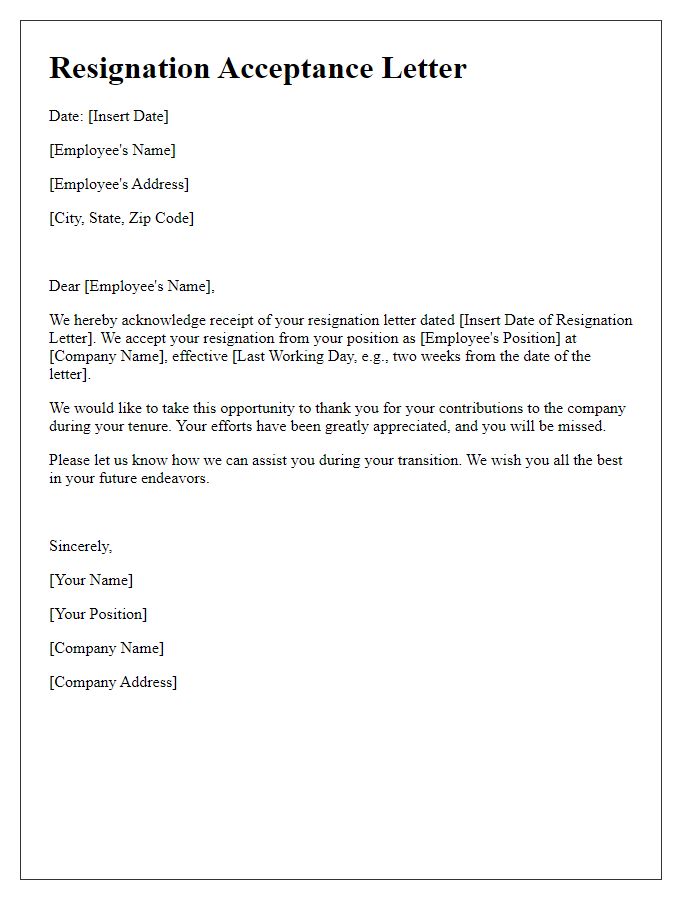
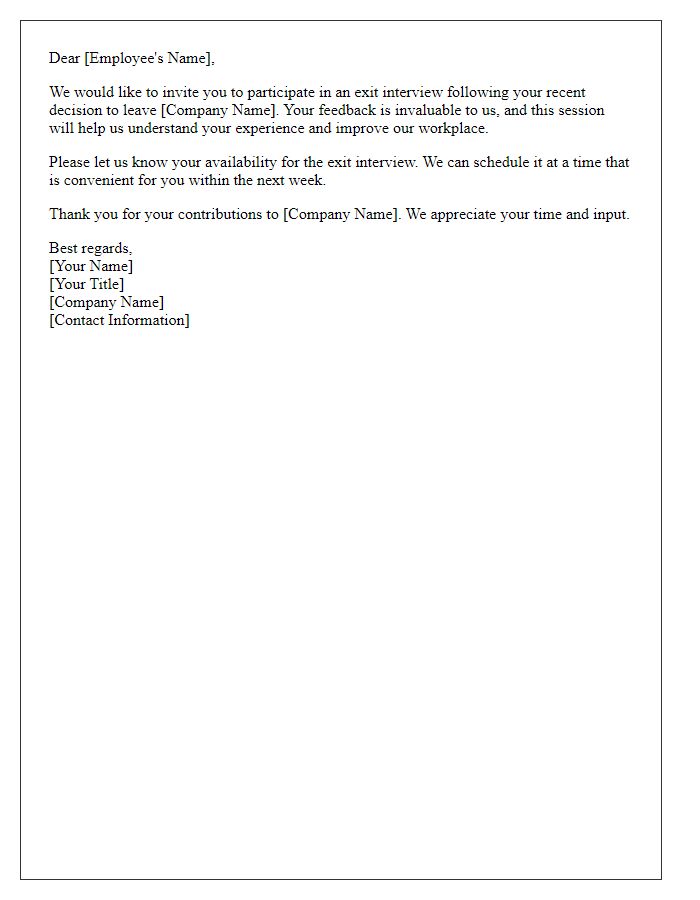
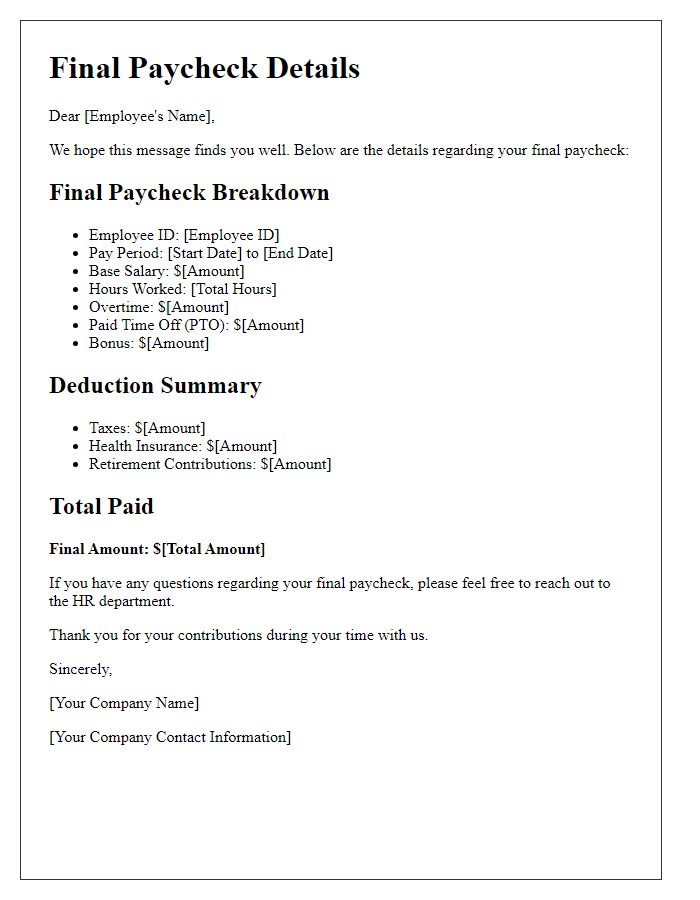
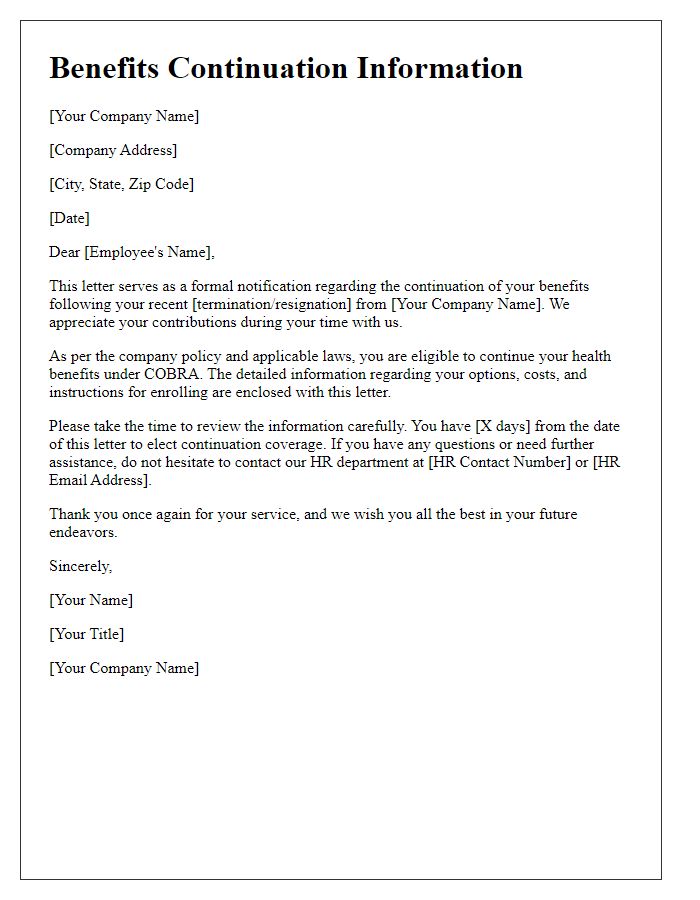

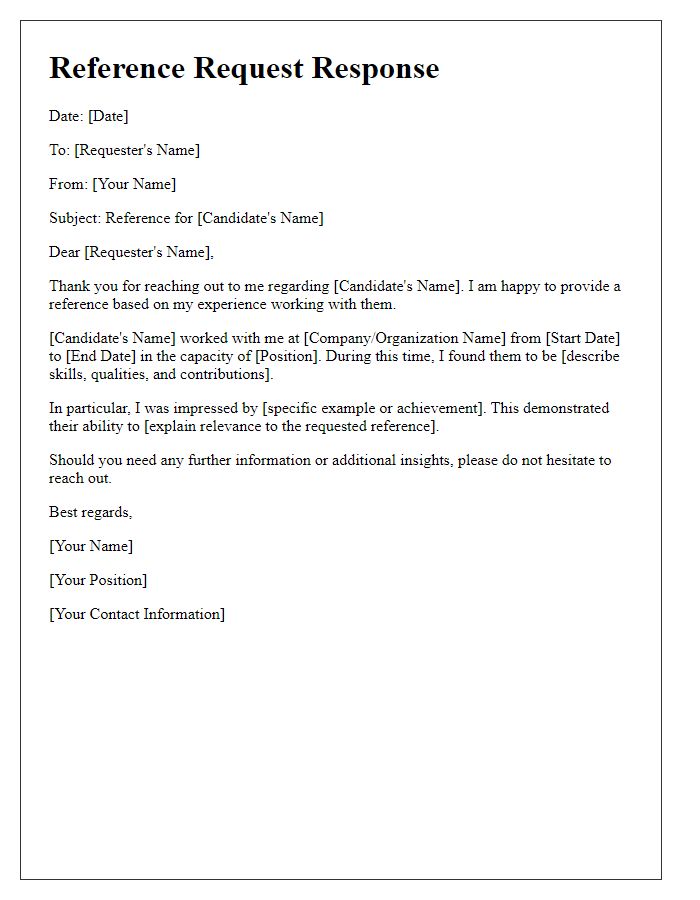
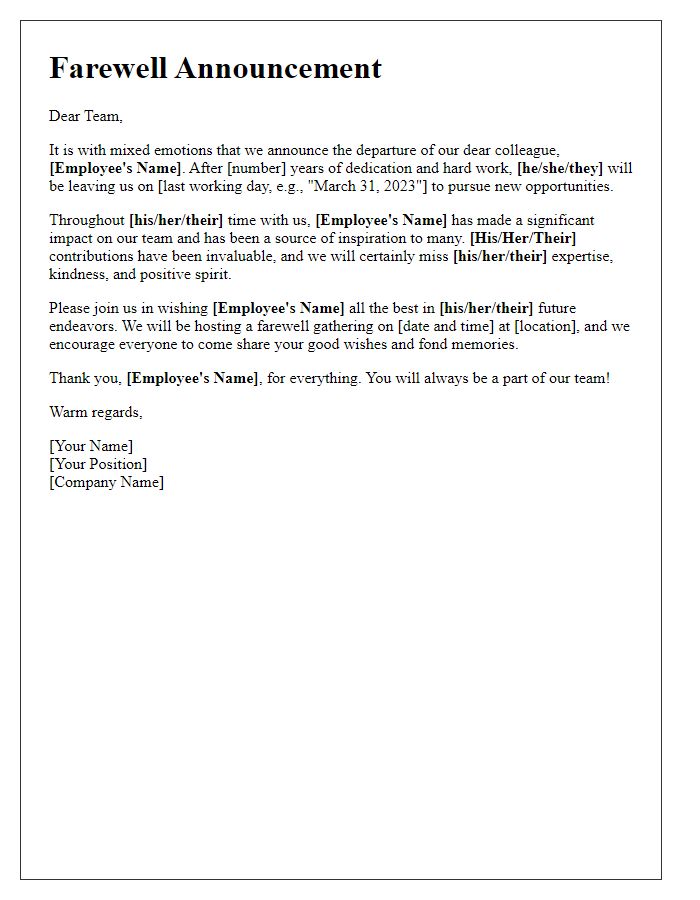
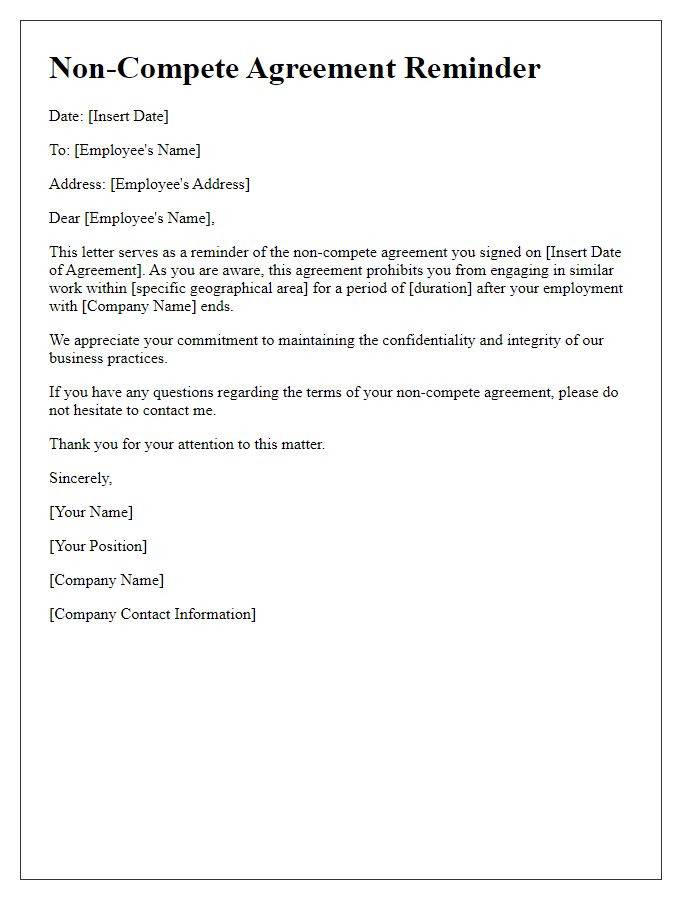
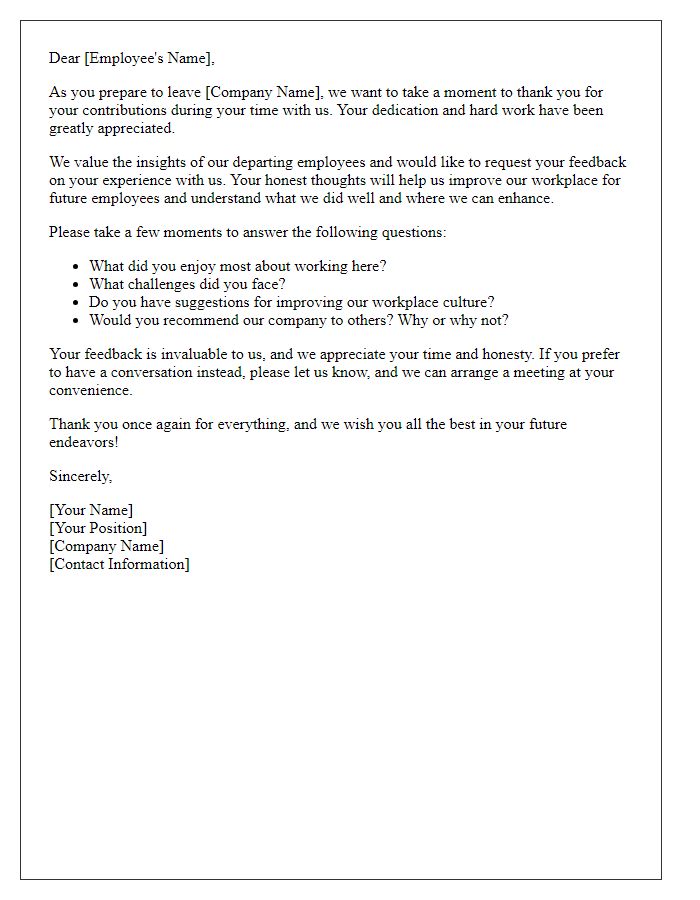


Comments